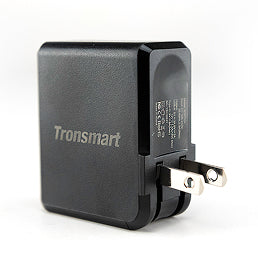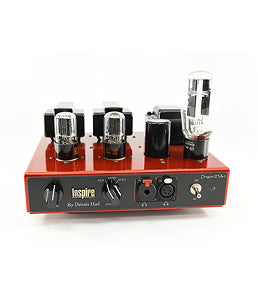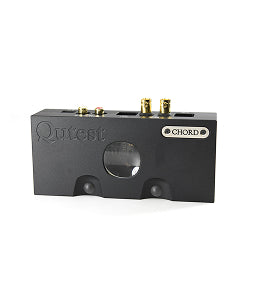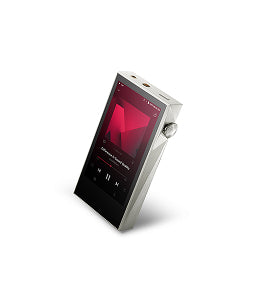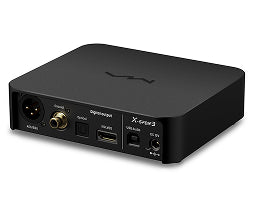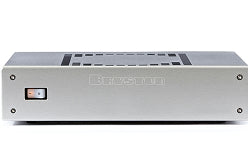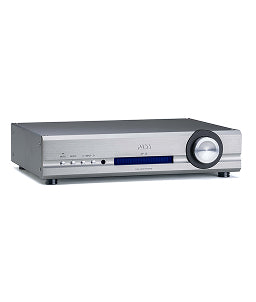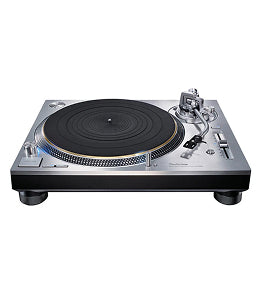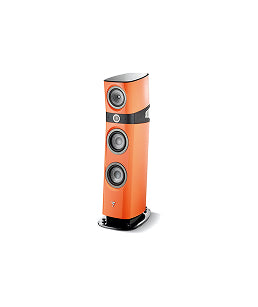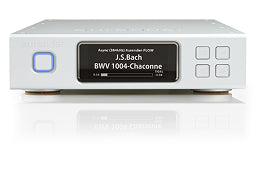Experience the Full Potential of Your Digital Music
In the world of high-fidelity audio, a digital-to-analogue converter (DAC) is a game-changer. It’s the link between your digital music files and the analog signal that powers your headphones or speakers. A quality DAC can take your listening experience to the next level, letting you hear details and nuances you might have missed before.
At Moon Audio, we’ve handpicked some of the best DACs out there, designed to please even the most discerning audiophiles. Whether you’re an experienced audio lover or just diving into high-res sound, we’ve got the perfect DAC for you.
Why Choose a Dedicated DAC?
While most devices come with built-in digital-to-analog audio converters, their quality often falls short. Dedicated DACs use higher-grade components and advanced technology to significantly enhance audio performance.
Here’s what that means for you:
- Clearer, more detailed sound: Experience your music with a new level of clarity and precision.
- Wider soundstage: Immerse yourself in a more expansive and three-dimensional audio experience.
- Better dynamic range: Feel the difference between the quietest and loudest moments
- Less noise and distortion: Enjoy your music as it’s meant to be, without any unwanted interference.
Explore Our Range of DACs
We offer a wide selection of DACs to suit different needs and budgets. From portable USB DACs for listening on the go to high-end DAC amps that can power even the most demanding headphones, we have something for everyone.
Headphone DACs
For the ultimate home audio experience, our headphone DACs deliver top-notch performance. They usually come with multiple inputs, support high-resolution audio formats, and include advanced features like Bluetooth support.
Portable DACs
Enjoy HiFi audio wherever you go with our portable USB DACs. These compact devices connect easily to your smartphone, laptop, or digital audio player, giving you a significant upgrade.
DAC/Amp Combos
Simplify your setup with a DAC amp that combines high-quality digital to analog audio with a powerful headphone amplifier. These versatile units are perfect for powering all kinds of headphones.
Key Features to Consider
When picking a DAC, here are a few things to keep in mind:
- Resolution: Look for a DAC that supports high-res audio formats like PCM and DSD.
- Inputs and Outputs: Check that it has the right connections for your audio gear and headphones.
- Amplification: If you’re using high-power headphones, go for a DAC with a built-in headphone amp.
Your Trusted Source for HiFi Audio
At Moon Audio, we’re all about helping you get the best sound possible. Our team of experts is here to guide you through our selection of digital-to-analog converter audio options, ensuring you find the perfect DAC for your needs. We also offer a wide range of headphones, cables, and other accessories to complete your setup.
Browse our collection above and discover the difference a great digital audio converter can make.


